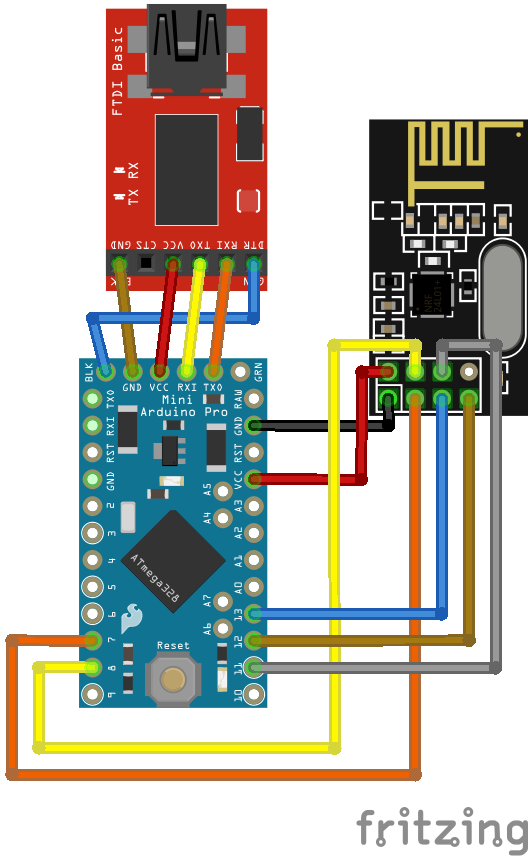
#MAC M1 ARDUINO PRO#
Make sure you have added the ESP8266 URL to “additional boards manager URLs” in the Arduino IDE settings (this works for both the Arduino Pro IDE as well as the regular one): Īfter installing the ESP8266 boards, if you try to upload your sketch to a board, you’re likely going to run into an error: pyserial or esptool directories not found next to this upload.py tool.
#MAC M1 ARDUINO INSTALL#
Use pip3 from the new python3 that’s just been installed to install the pyserial library: pip3 install pyserial Then, use HomeBrew to install Python 3, which is required by the scripts in the ESP support for the Arduino IDE: brew install python3 HomeBrew has recently been updated with support for M1 Macs. The first step is to install HomeBrew, if you don’t have it yet. I’m just laying out the steps that worked for me, but I am by no means an expert on the subject, so if this doesn’t work for you, it’s very unlikely that I’ll be able to help you out any further. Obligatory disclaimer: this is not a tutorial. It wasn’t hard to figure out a workaround, so I decided to write it here both as a future reference for myself as well as a helpful resource for others. That’s where I hit a problem, because I’ve been using the new M1 MacBook Air as my work computer for a while, but unfortunately the ESP support for the Arduino IDE doesn’t work out of the box. To make things easier for me, I decided to program my boards with the Arduino Pro IDE, which I’m already familiar with, so I had to install the libraries for the ESP8266. I started out with an Arduino board to test things out, but then people reminded me of the ESP32 and ESP8266 microcontrollers, which integrate BLE and WiFi and can run the HomeKit Accessory Protocol (HAP) natively. Recently, I decided it would be a fun side project to turn a cheap air humidifier into a HomeKit accessory.

That says a lot to me that Microsoft invested that much to keep their hold on the business world.Programming microcontrollers is something I’ve always liked to do, there’s something very satisfying about writing code that controls things in “real life”, instead of just pixels on a screen. This was a bold move on Apple's part and the most promising thing I see is that Microsoft Office is fully ported to native M1.

Since your post is a bit over a month old, if you have additional info I don't have here, I would like to hear what you found. Tomorrow I may change my mind and bite the bullet for a MBPro version (like the extra battery other little goodies).
#MAC M1 ARDUINO SOFTWARE#
I may actually jump over to Windows for the Arduino since I have a few older medium-low end Win10 PC's at my disposal until the M1 software conversions reach critical mass for fully supporting Arduino, Raspberri Pi, Repatier (for 3D Printing), and native support for TurboCad Mac Pro. I am hesitant to take the plunge for the M1 because of these challenges. Most of those are with loading libraries and a few other things, but people on the Arduino and other sites are reporting an initial level of success. There are some software loading issues reported too. It seems there is issues with recognizing some Arduino type boards, but the native Arduino boards are reported to work. There is not a native M! software yet, but the legacy Intel version reportedly works under Rosetta 2. I had the same question and I did a bunch of research.


 0 kommentar(er)
0 kommentar(er)
